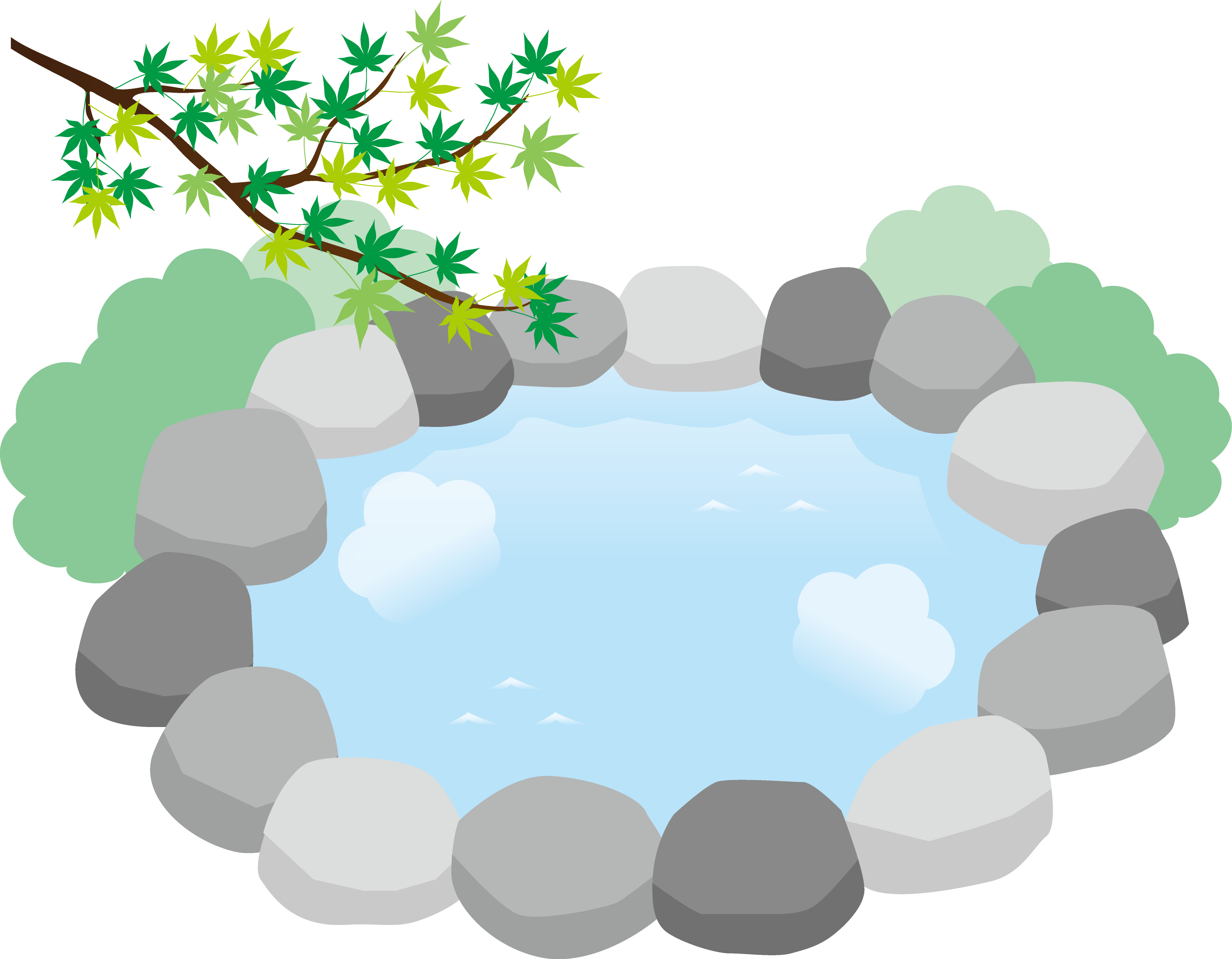Loading...
Please wait while we load your content...
Find the Best Hot Springs in Gifu.
Please wait while we load your content...
What is referred to as a hot spring?
I've heard that even cold water can be called a "hot spring".
Is that true?

Hot springs are defined by a law called the "Hot Springs Law",
as hot water, mineral water, and steam or other gases that emerge from the ground,
● with a temperature of 25°C or higher when collected from the source or,
● containing one or more of 19 specified substances in a certain amount
and are all referred to as "hot springs".
Therefore, even if the temperature is below 25°C, groundwater containing, for example, a certain amount of carbon dioxide is called a "hot spring". Of course, if the temperature is 25°C or higher when it emerges, it is undoubtedly called a hot spring. In addition to this definition, there is a regulation called the "Guideline for Mineral Spring Analysis" set by the Ministry of the Environment, which provides for "therapeutic springs" (hot springs expected to have effects for the purpose of treating diseases), and hot springs that meet the criteria for therapeutic springs are given a spring quality name.
| Total dissolved substances (excluding gaseous substances) |
1,000mg or more |
Fluoride ion | 2mg or more |
|---|---|---|---|
| Free carbon dioxide | 250mg or more | Hydroarsenate ion | 1.3mg or more |
| Lithium ion | 1mg or more | Metaarsenite | 1mg or more |
| Strontium ion | 10mg or more | Total sulfur | 1mg or more |
| Barium ion | 5mg or more | Metaboric acid | 5mg or more |
| Ferro or ferric ion | 10mg or more | Metasilicic acid | 50mg or more |
| Manganese ion | 10mg or more | Sodium bicarbonate | 340mg or more |
| Hydrogen ion | 1mg or more | Radon | 20×10-10Ci or more |
| Bromide ion | 5mg or more | Radium salt | 1/100,000,000mg or more |
| Iodide ion | 1mg or more |
(Content per kilogram)